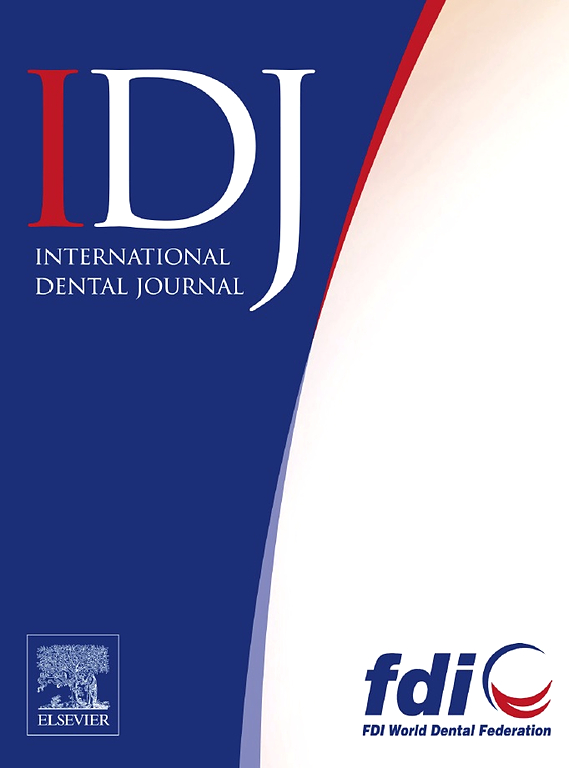阿奇霉素改性三联抗生素膏体治疗根尖周炎症的疗效观察
IF 3.2
3区 医学
Q1 DENTISTRY, ORAL SURGERY & MEDICINE
引用次数: 0
摘要
目的比较传统和改良三联抗生素膏的抗炎、抗菌性能。采用16S rDNA分析处理前后根管微生物群落特征。方法采用两种膏剂治疗家兔根尖周炎症(AP)。显微ct比较根尖周病变面积,并行HE染色。采集炎症因子和微生物进行分析。采用t检验和方差分析分析两种膏剂对牙齿变色的影响。结果与对照组相比,根尖病变减少,炎症因子表达减少,骨破坏减少。抗菌实验表明,两种抗生素对AP常见病原菌的作用相似。与TAP相比,mTAP不会引起牙齿变色。16Sr DNA分析显示了尖周细菌组成的变化。TAP组和mTAP组AP常见病原菌含量均低于对照组。结论阿奇霉素具有替代米诺环素的潜力。16S rDNA数据强调了根管微生物群的复杂性质,有望更深入地了解微生物与炎症之间的关系。本文章由计算机程序翻译,如有差异,请以英文原文为准。
The Effects of Azithromycin Modified Triple Antibiotic Paste in Resolving Periapical Inflammation
Objective
This study aimed to assess the anti-inflammatory and antibacterial properties of traditional and modified triple antibiotic paste. The 16S rDNA was employed to analyse the root canal microbial community's characteristics pre- and post-treatment.
Methods
Rabbits with periapical inflammation (AP) were treated with both pastes. Micro-CT was performed to compare the periapical lesion area, followed by HE staining. Inflammatory factors and microorganism were collected for analysis. T-tests and ANOVA were used to analyse the effects of the 2 pastes on tooth discoloration.
Results
Compared with the control group, apical lesions and the expression of inflammatory cytokines was decreased, along with a reduction in bone destruction. Antibacterial experiments showed that the 2 antibiotics had similar effects on the common pathogens of AP. Compared with the TAP, mTAP does not cause discoloration of teeth. 16Sr DNA analysis revealed variations in periapical bacteria composition. The contents of common pathogens of AP in TAP and mTAP groups were lower than those in control group.
Conclusions
Azithromycin has the potential to serve as an alternative to minocycline. The 16S rDNA data highlights the intricate nature of the root canal microbiome, promising deeper insights into the correlation between microbes and inflammation.
求助全文
通过发布文献求助,成功后即可免费获取论文全文。
去求助
来源期刊

International dental journal
医学-牙科与口腔外科
CiteScore
4.80
自引率
6.10%
发文量
159
审稿时长
63 days
期刊介绍:
The International Dental Journal features peer-reviewed, scientific articles relevant to international oral health issues, as well as practical, informative articles aimed at clinicians.
 求助内容:
求助内容: 应助结果提醒方式:
应助结果提醒方式:


